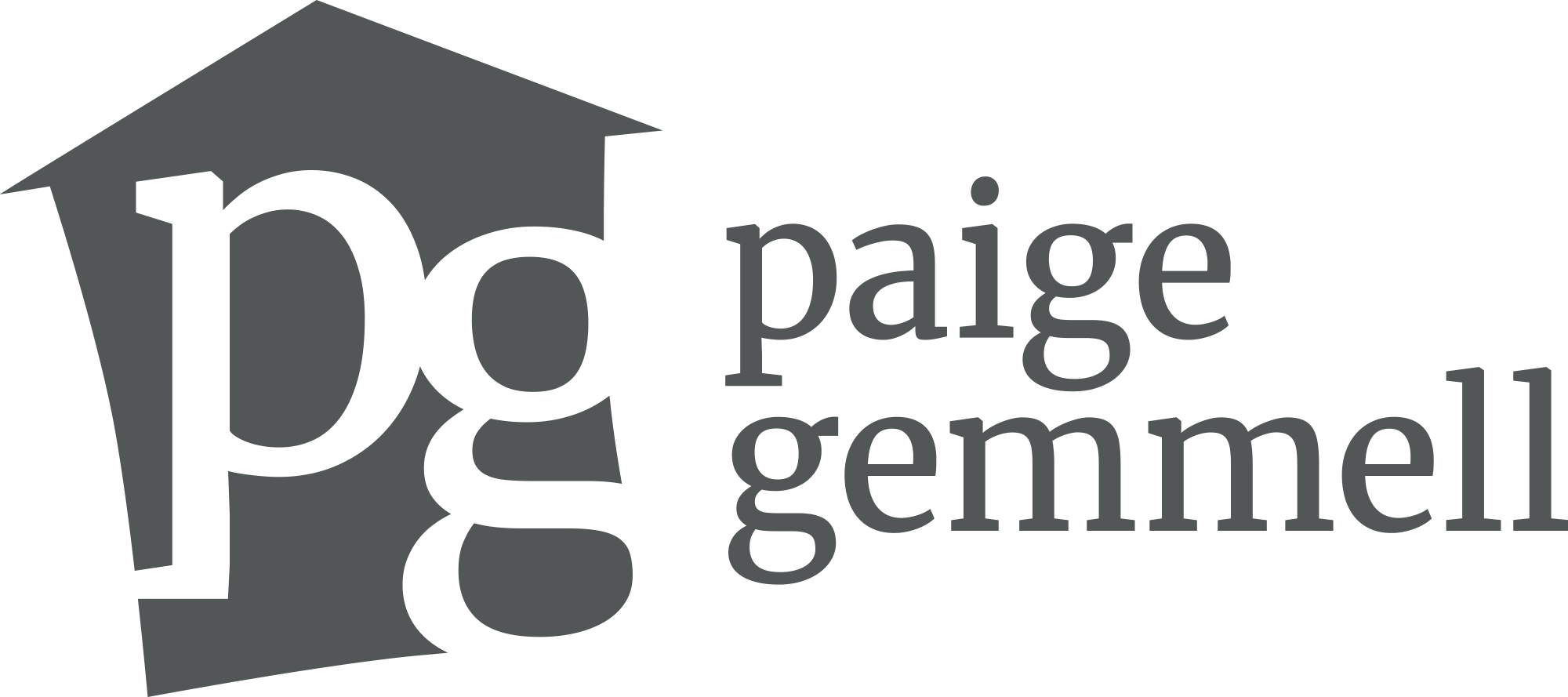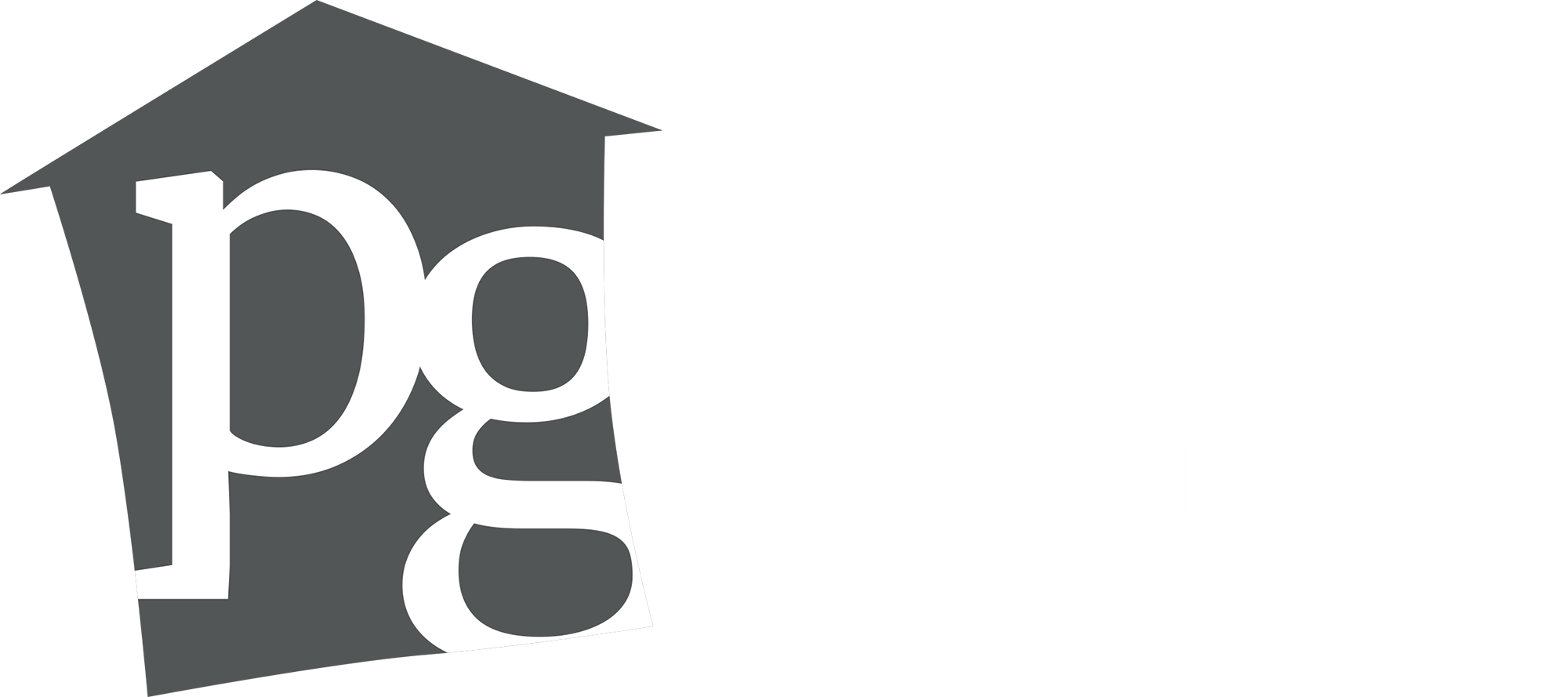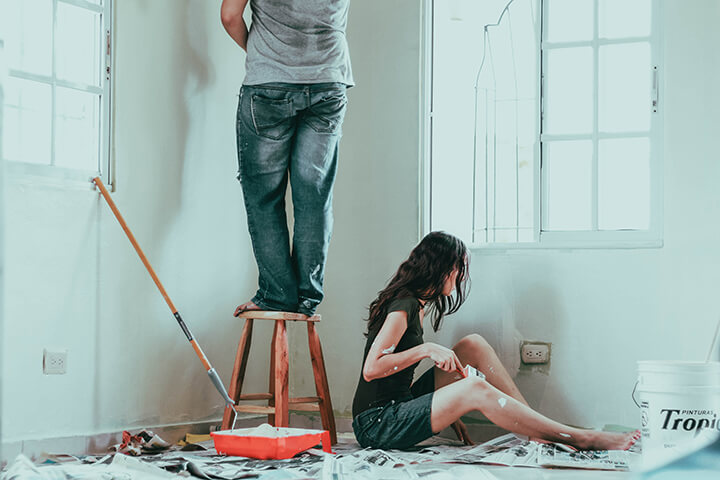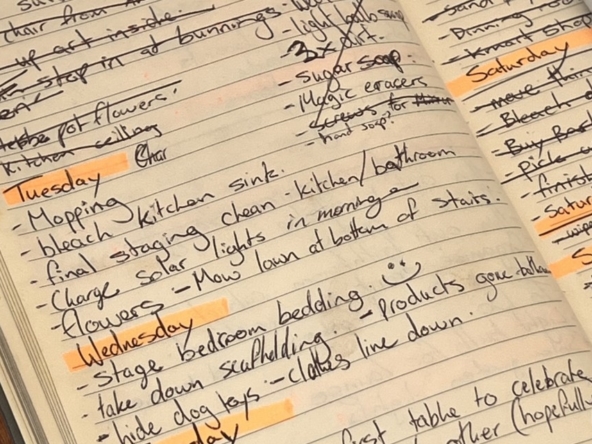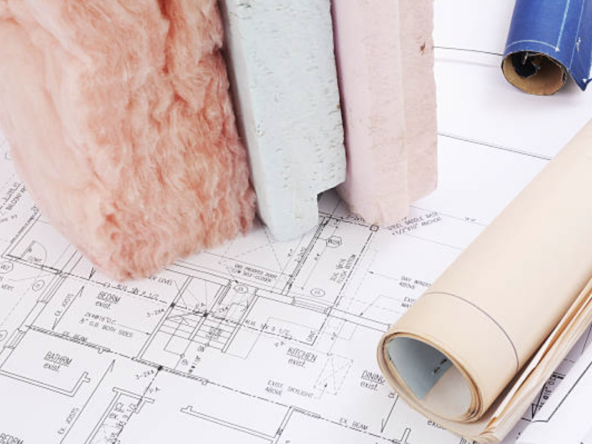If you want to achieve the most amount of value from selling your property, so that you can take the next step in the real estate journey comfortably; there are 5 key things you need to think about prior to listing your home with a real estate agent.
This can have huge rewards for you in the short term through the number of people attracted enough to want to view your home, in the mid-term by those who are further down their purchasing journey and ready to seek legal or technical advice, and in the long term as there will be more people registering for the auction, competing for your property and willing to spend top dollar in order to obtain it.
Check out my key tips below:
1. Sort out any outstanding consents.
You can have the finest kitchen in the world, but if there is an outstanding consent registered against your home, or work that hasn’t been permitted in the first place, then that could seriously affect your sale price.
So your first job as a seller, before you renovate anything, is to check the status of your property with your local council to make sure everything is up to date.
If you do find an issue, seek advice from your solicitor, local council and any tradespeople involved in the work to find out what needs to be done to complete the sign-off process.
Your natural reaction at this point might be: “Why worry? We bought it like this?!”.
The problem is, these days banks often won’t lend on properties with serious outstanding consent issues.
It doesn’t matter how nice your kitchen is if your buyer can’t borrow money to buy your home in the first place.
2. Make overdue repairs to ensure a smooth building inspection process.
Completing the boring maintenance jobs is often where you get the best bang for your buck. Nothing slows down a real estate sale process more than contracts crashing over a bad builders report.
So before you sell, remove any potential hurdles by sorting problems before they get flagged by the inspector.
One option is to pay for your own inspection, so you can find out what needs to be done and hopefully get the work completed before you go on the market.
3. Sort your section.
Stand on the street outside your property and view your home like a buyer would, visiting for the first time.
What stands out to you?
What would attract their attention, good or bad?
Focus on making this first impression as welcoming as possible by clearing and cleaning any paths, trimming hedges, painting fences and adding colour (flowers) and plants wherever you can to create a welcoming feel.
Now go through the same process in other key areas of your home. Sometimes a few targeted paint touchups and a few potted plants are all you need to make a house feel like a cherished home.
4. Paint for profit.
Speaking of painting, when it comes to adding value, you are unlikely to find anything that provides a better return on investment than painting.
Focus on key areas that develop wear and tear like doorways, window frames, steps and fences.
Go for neutral, light tones.
5. Let’s talk kitchens and bathrooms.
Now that you have tackled the key areas, you can move on to spaces like your kitchen and bathroom, but try to remain objective.
Understand that sometimes it’s better to provide a clean, working canvas for your buyer to have fun with, rather than a full complete renovation in a style they may not like.
Sometimes a coat of paint is all you need.
Sometimes new fixtures can make a big difference.
These areas should be tackled on a case by case basis as every home is different.
At the end of the day, there are lots of ways you can add value, but often the most effective options are the slightly boring ones.
Solving problems before they come up and making sure your potential buyer’s initial first impression is a good one!
